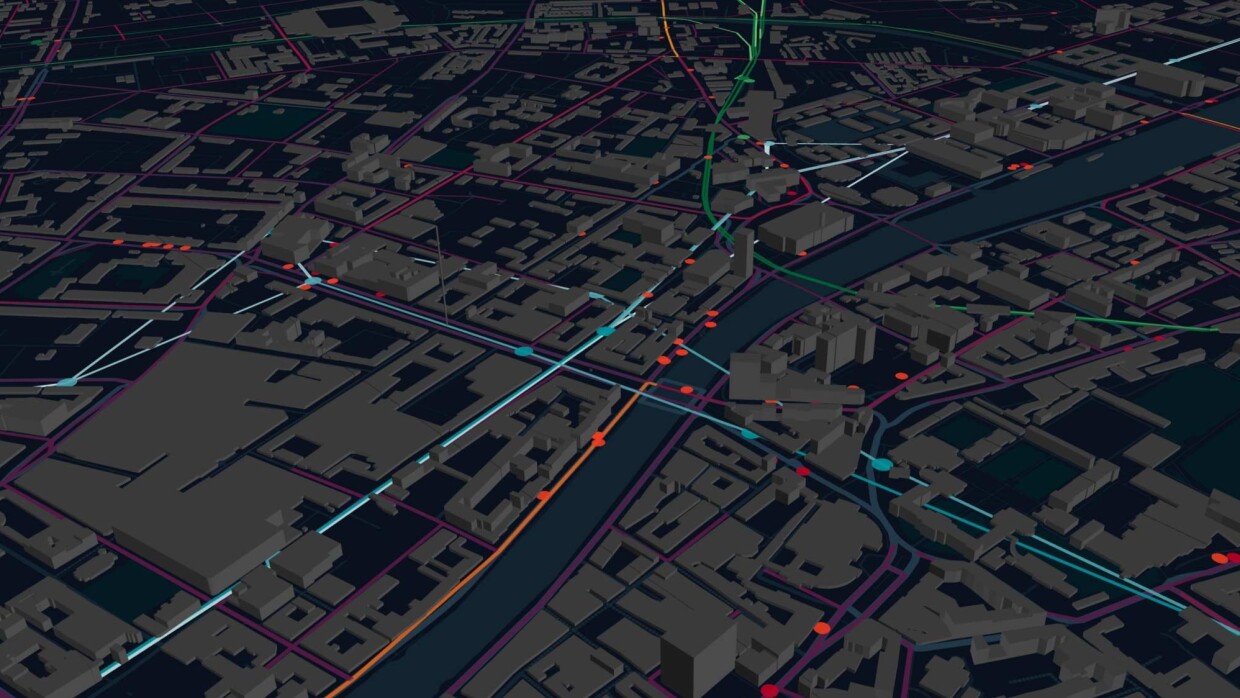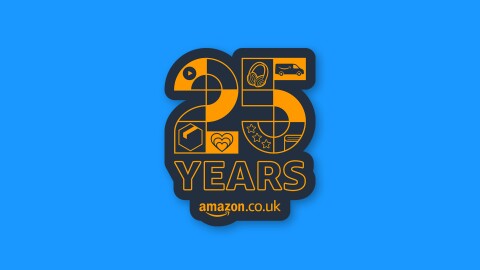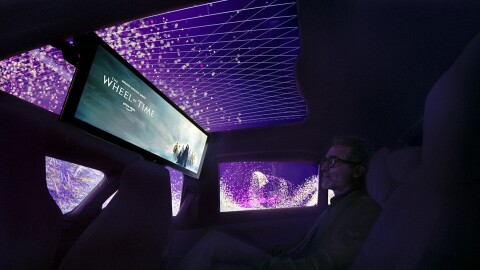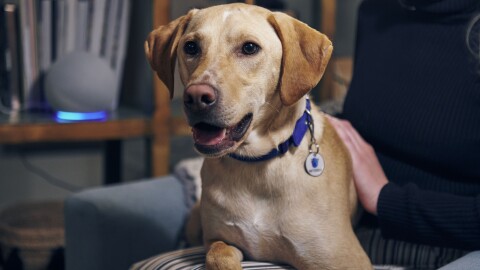Global engineering firm Arup is helping cities worldwide access faster and more accurate data insights to help them design for the demands of a ‘new normal’ thanks to Amazon Web Services (AWS).
The company’s ‘City Modelling Lab’ (CML), built on AWS, takes computational models that existed predominantly in academic work and enables planners to run them at high speed to better understand people’s interactions in urban environments.
“Naturally this requires a huge amount of computing power and supporting infrastructure,” explains Gerry Casey, Arup’s CML R&D Lead. “The modelling theories behind CML have existed in academia for decades, but access to high-power computing on demand via AWS has enabled us to scale in a way we could never consider before.”
The CML team has built a suite of tools around an open-source simulation framework (MATSim) that enables the simulation of day-to-day activities and models the movements and choices citizens make every day around the world.
The City Modelling Lab can help… to bring us a step closer to a more imaginative and ambitious vision of our cities in the future.
“Traditional models can struggle to capture a multi-dimensional understanding of behaviour, tending to aggregate everybody into ‘buckets’ based on certain assumptions about demographics such as age, gender and income,” Gerry continues.
“In these older models, a commuter’s behaviour and movement patterns may be predictable – but the reality is that individuals interact and change behaviour, they form groups and split off again. They do not always act as you might expect.”
More granular insights
Due to the COVID-19 pandemic, the notion that individuals do not always behave in expected ways is an even more important consideration for planners, as a wider range of factors now affect people’s day-to-day movements.

If cities are to change their infrastructure planning at speed, in line with social distancing and public health measures, it means they need to quickly and accurately gather insight on this behaviour.
Gerry explains: “We are now able to run very detailed simulations which give planners access to more granular insight in key areas such as movements of people at peak times – helping them to see what ‘the future’ may look like if certain new policies are put in place.”
“Thanks to the power of AWS, we can paint rich pictures of human behaviour for city planners and public transport authorities anywhere in the world.”
More intelligent targeting
Arup developed the CML natively in AWS since its inception, as the team needed a cloud solution that could effectively store large amounts of data.
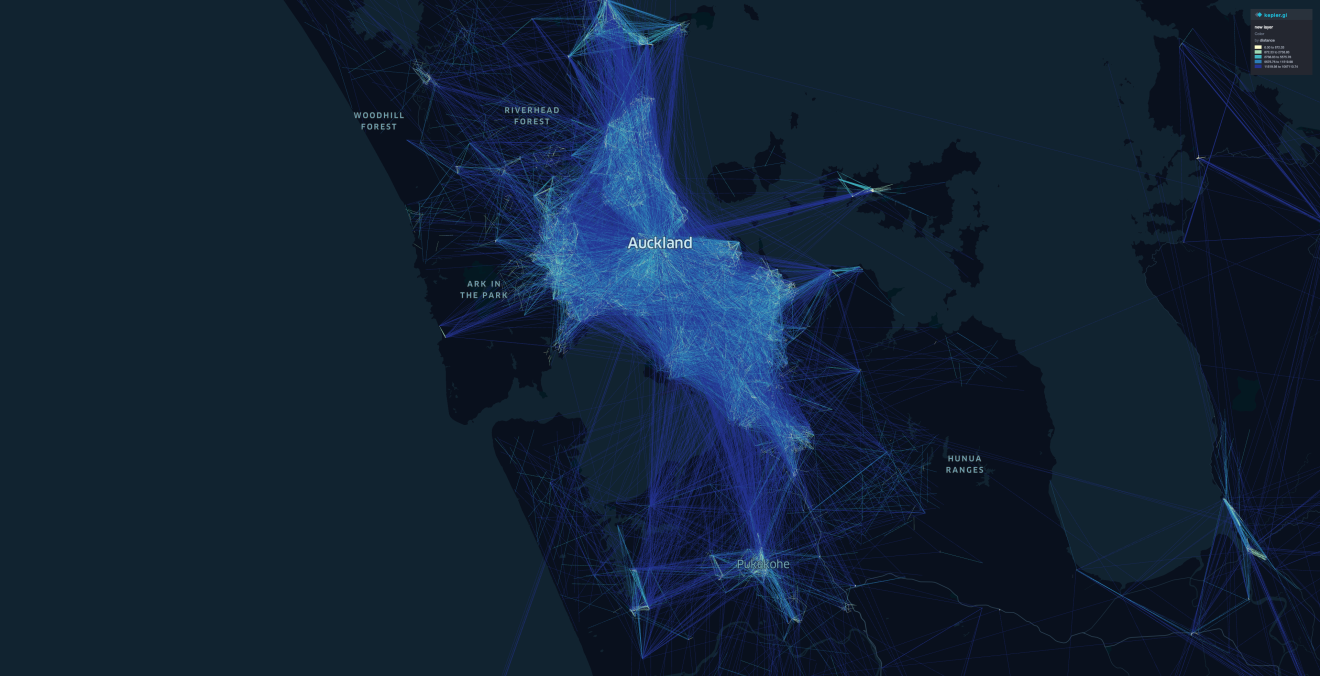
For example, completing one scenario for a country like New Zealand may require writing, storing, reading and analysing up to three Terabytes of data – roughly equivalent to 1,500 hours of video, 900,000 photographs or 50,000 hours of music.
Before running their analytics workload on AWS, it took Arup three hours to analyse five days of performance metrics. Now the team can analyse seven days of data in 30 seconds.
In addition, upload and download speeds are up to 17x faster and they’ve cut the time it takes to deploy the service in new regions from 24 weeks to just two weeks.
Claire Fram, Senior Product Manager for the CML, explains: “The City Modelling Lab simply could not do this work without the AWS Cloud. We’re able to leverage automation and scale resource allocation up or down flexibly. These are crucial benefits for a data-hungry process that is becoming an increasingly important part of Arup’s business.”
“The real novelty with AWS is the ease of access to ‘conditional logic’, which we can build into the simulation, and automate, to enable it to become more intelligent,” Claire adds.
“That allows us to continually optimise our modelling, and also to save time and money.”
More imaginative design
As an engineering consultancy, Arup has more than forty recognised engineering disciplines in-house and looks at everything from structural analysis to university campus design and renewable energy infrastructure.
The business has a unique culture driven by the ideas of founder Ove Arup, the British-Danish engineer who ensured Arup is employee-owned and held as a trusteeship. This culture is defined by a strong ethical desire to undertake ground-breaking work, and to shape a better world for generations that follow.
The CML team feels the data-driven approach across all areas of Arup’s business can open up new ways of planning, designing and building cities – which could be relevant to climate change and sustainability, for example.
“When we realise that we can quickly adapt to the COVID-19 crisis, we see that we can also make changes that are essential to protecting the environment,” Claire explains. “If we can reduce traffic congestion in the short-term, for example, we can plan for a greener, more equitable future.”
“The City Modelling Lab can help shake us out of the presumption of ‘incremental change’ in how we live, work and plan our cities – bringing us a step closer to a more imaginative and ambitious vision of our cities in the future.”


